Vietnambasket@home24h.biz
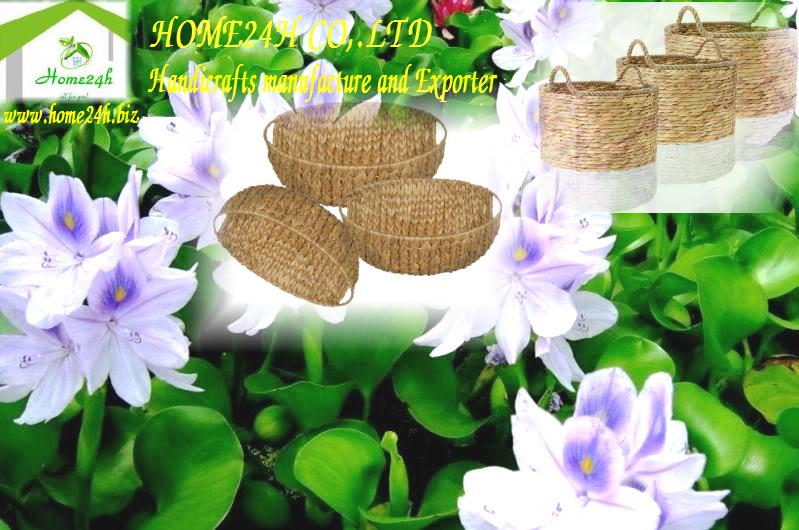
Treating wastewater with water hyacinth and making handicrafts is the best solution that humans have researched and developed with natural, environmentally friendly properties. Therefore, although it has appeared and been used for a long time, it is still popular today. Let’s find out some information about its effects with us.
1. What is wastewater treatment with water hyacinth?
Wastewater treatment with water hyacinth is a method of using water hyacinth to remove toxic substances in wastewater. This method has been applied for a long time and is considered to bring many outstanding effects. At the same time, it does not cost much to be able to implement. Therefore, not only Vietnam but also many countries in the world are trusting and using this natural method in their wastewater treatment process.
2. What else can water hyacinth be used for?
a. To use as medicine, we can take the plant home, remove the stem and roots, only take the leaves and the swollen part of the leaf stalk. It can be used externally when in pain (boils, wounds). Pick a handful of water hyacinth, wash it, crush it, add a little white salt and apply it to the swollen area. When the wound area is dry, replace it with another patch. Change it 2 or 3 times a day.
In addition, in folk medicine, it is often used to apply on swollen areas such as the groin, swollen armpits, orchitis, arthritis, lymphadenitis, etc. Applying water hyacinth helps reduce pain, swelling, and makes the patient feel comfortable. Wash water hyacinth leaves, crush them with salt (100g of water hyacinth can be crushed with 5 – 8g of salt) and apply evenly on the swollen area and then bandage it, the bandage must be wrapped loosely, not letting the water drain. It should be applied every other night, from the evening of the previous day to the next morning.
b. Use water hyacinth to weave beautiful handicrafts, Weaving water hyacinth is one of the unique and famous handicrafts in the Mekong Delta provinces. From skillful hands, water hyacinth weaving machines have created beautiful products with high applicability. From a plant drifting on the river, people in the Mekong Delta have created and utilized it as raw material to weave handicraft products, bringing aesthetic and economic value.
Effects of water hyacinth
- People use water hyacinth for landscape decoration purposes. This is a plant with extremely vivid and attractive beauty. In its natural form, water hyacinth is an aquatic plant that can absorb heavy metals in the water environment. Typically lead and mercury. At the same time, it removes undecomposed organic substances in lakes, ponds, tanks, etc.
According to research by experts, 1 hectare of water surface covered with water hyacinth can clean 3 tons of wastewater per day. Of which, water hyacinth removes 34 kg of sodium, 22 kg of calcium, 17 kg of phosphorus, 4 kg of magnesium, 2.1 kg of phenol, 89 g of mercury, 104 g of aluminum, 297 g of alkali, 321 g of strontium, etc. This is an extremely impressive number that not all plants or treatment agents can achieve.
Water hyacinth also has the effect of decomposing and removing cyanide and phenol. These are two extremely dangerous toxic substances. Even a very small amount can cause fatal consequences. - Water hyacinth can also be crafted by artisans into products used in homes, offices, hotels, restaurants, shops, supermarkets to store items according to preferences and needs. Another outstanding feature is that this product can be used as a very suitable decoration in the house. Also because this material is very environmentally friendly, long-lasting, durable, beautiful, countries around the world must pay attention to it. In short, each house using a water hyacinth product means we have connected 7 billion clean houses, limiting global environmental pollution. It is very easy to use and when it is no longer needed, we can throw it away, it decomposes without polluting the environment.
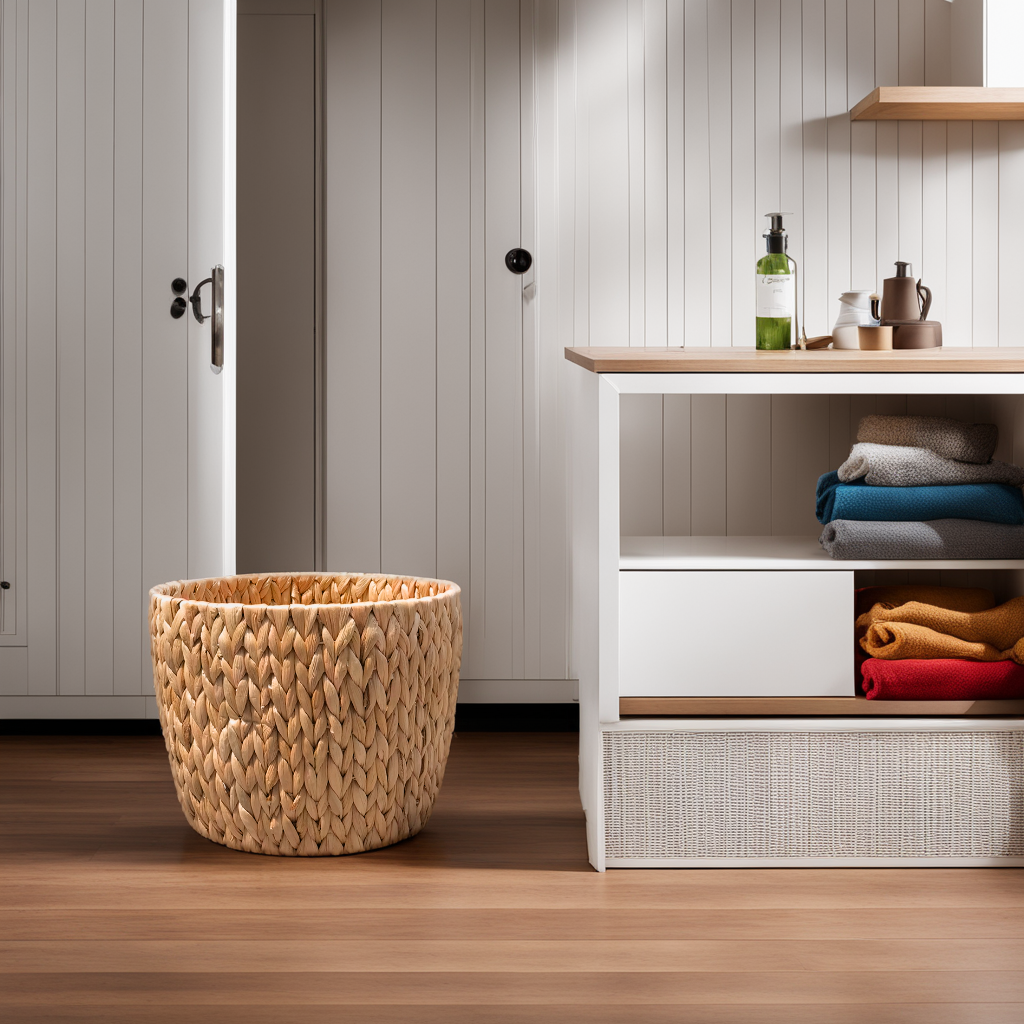
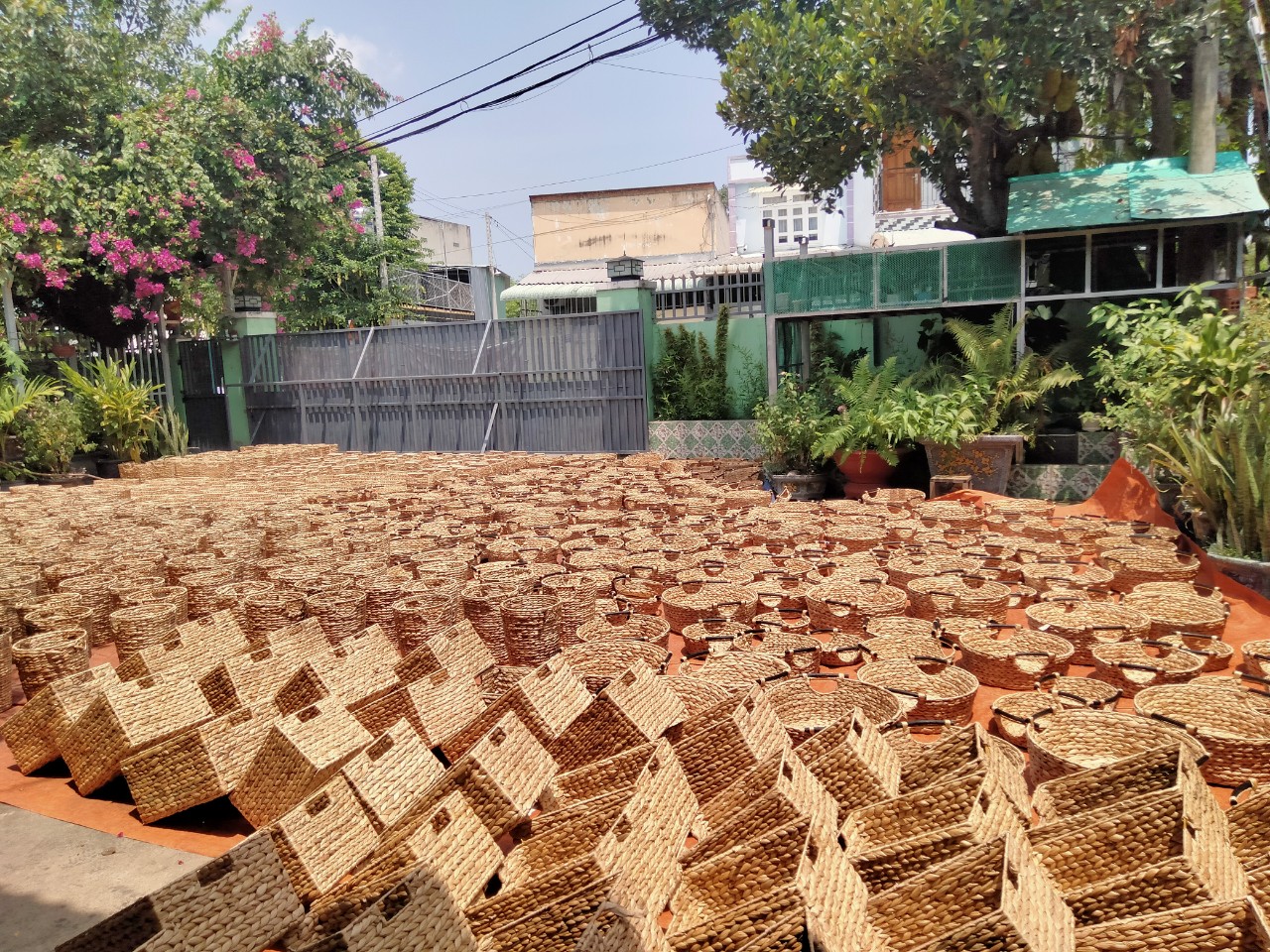
Completed Water Hyacinth Storage Baskets are dried.
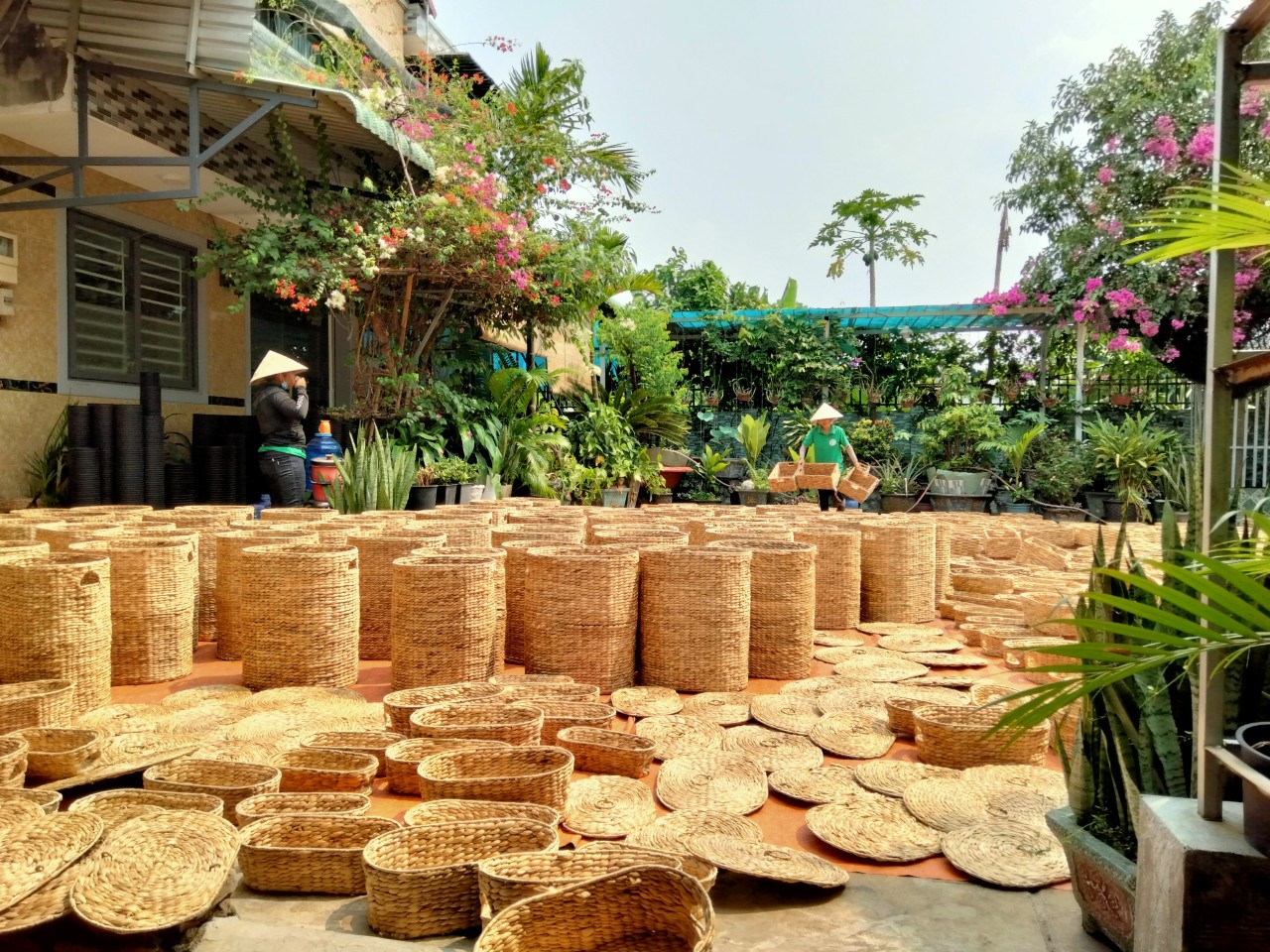
Artisans are sun-drying Water Hyacinth Storage Baskets.
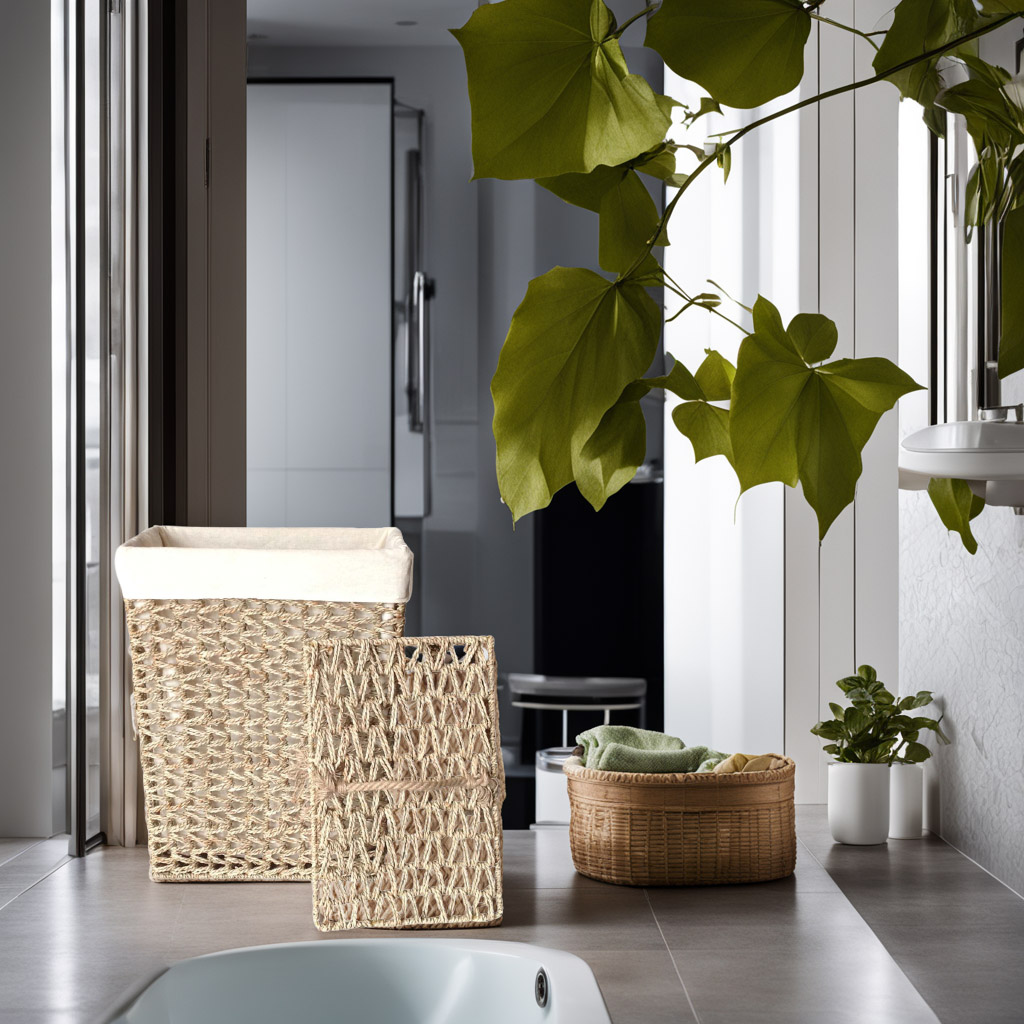
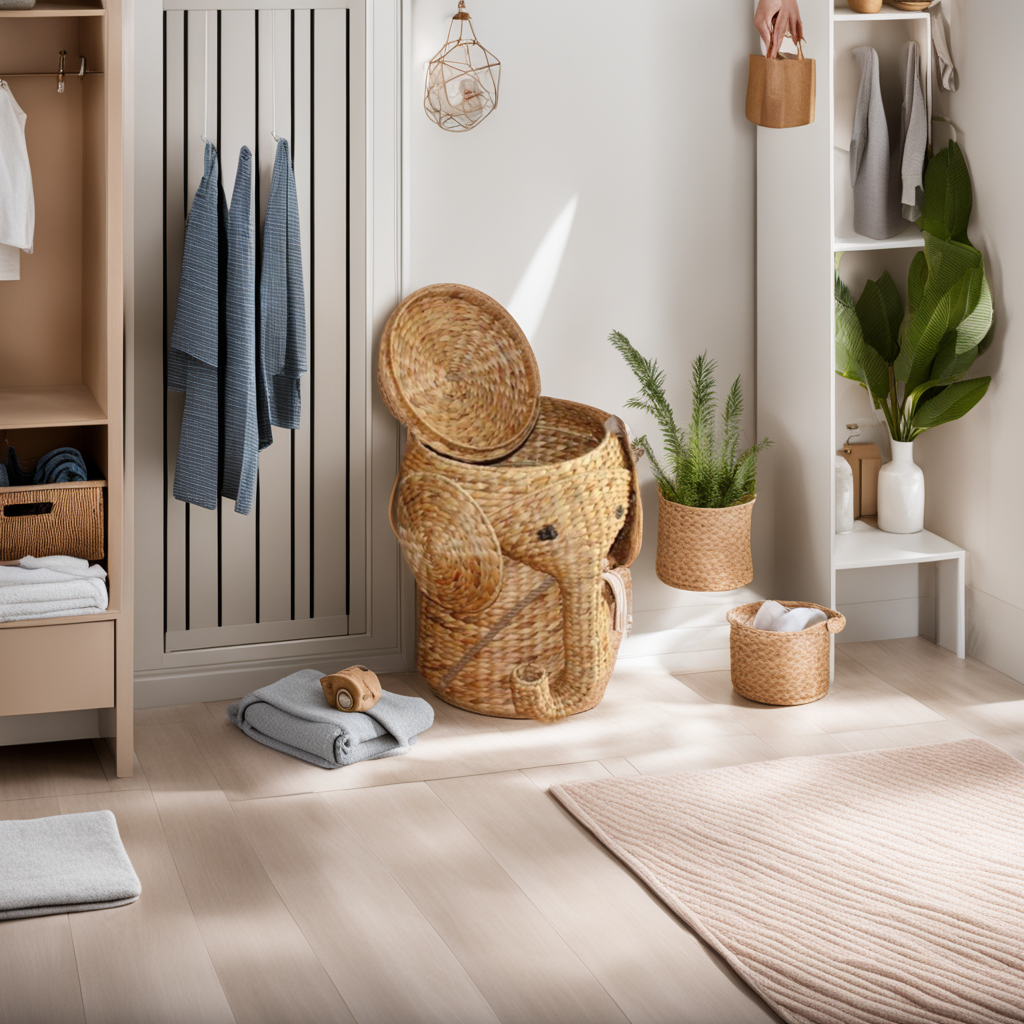
Partner links from our advertiser:
- Real-time DEX charts on mobile & desktop — https://sites.google.com/walletcryptoextension.com/dexscreener-official-site-app/ — official app hub.
- All official installers for DEX Screener — https://sites.google.com/mywalletcryptous.com/dexscreener-apps-official/ — downloads for every device.
- Live markets, pairs, and alerts — https://sites.google.com/mywalletcryptous.com/dexscreener-official-site/ — DEX Screener’s main portal.
- Solana wallet with staking & NFTs — https://sites.google.com/mywalletcryptous.com/solflare-wallet/ — Solflare overview and setup.
- Cosmos IBC power-user wallet — https://sites.google.com/mywalletcryptous.com/keplr-wallet/ — Keplr features and guides.
- Keplr in your browser — https://sites.google.com/mywalletcryptous.com/keplr-wallet-extension/ — quick installs and tips.
- Exchange-linked multi-chain storage — https://sites.google.com/mywalletcryptous.com/bybit-wallet — Bybit Wallet info.
Partner links from our advertiser:
- Phantom main wallet page — https://sites.google.com/phantom-solana-wallet.com/phantom-wallet/ — SOL, NFTs, dApps.
- Solflare overview (alt host) — https://sites.google.com/walletcryptoextension.com/solflare-wallet/ — features & setup.
- Polymarket official entry — https://sites.google.com/walletcryptoextension.com/polymarket-official-site/ — prediction markets.
- OKX Wallet cross-chain tools — https://sites.google.com/okx-wallet-extension.com/okx-wallet/ — swaps, DeFi, NFTs.
- Solflare extension (official) — https://sites.google.com/solflare-wallet.com/solflare-wallet-extension/ — install and start.





Ý Kiến Phản Hồi